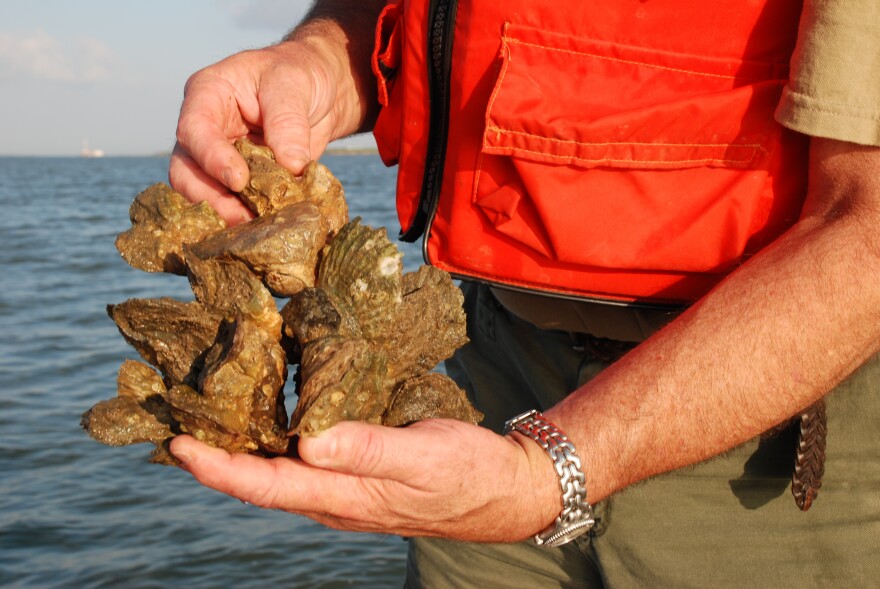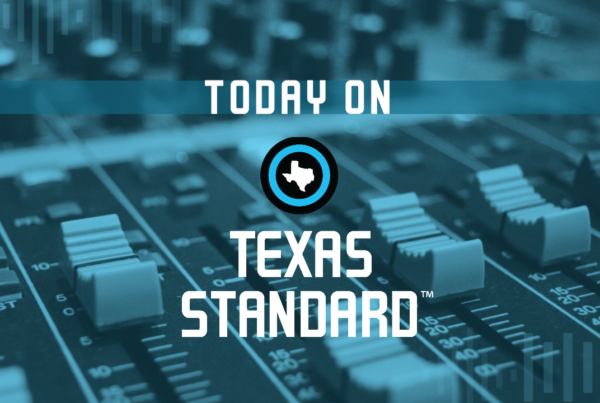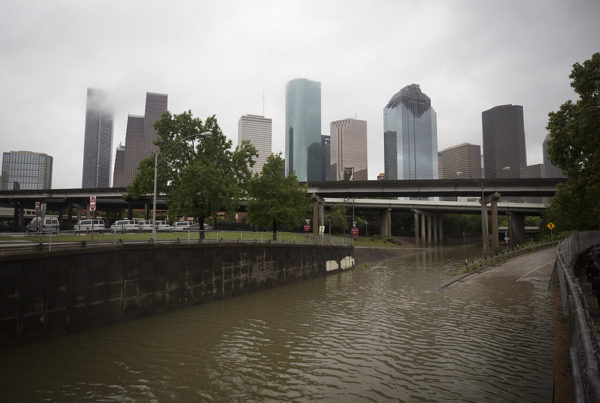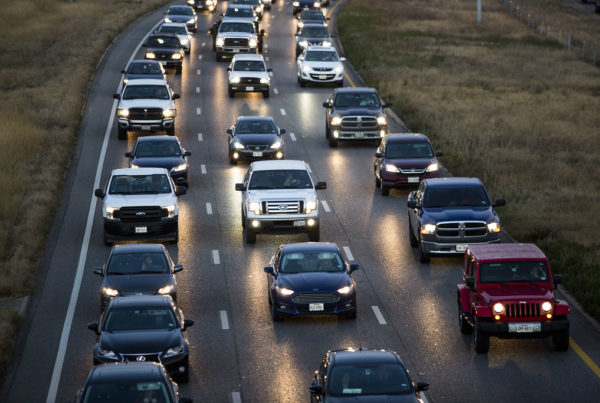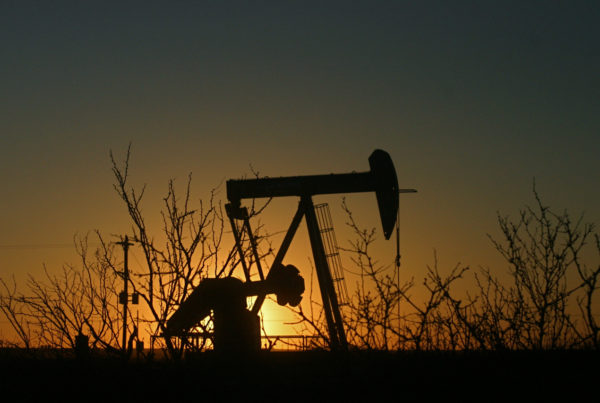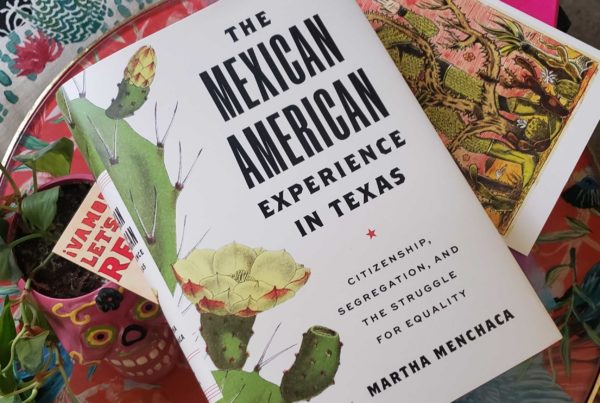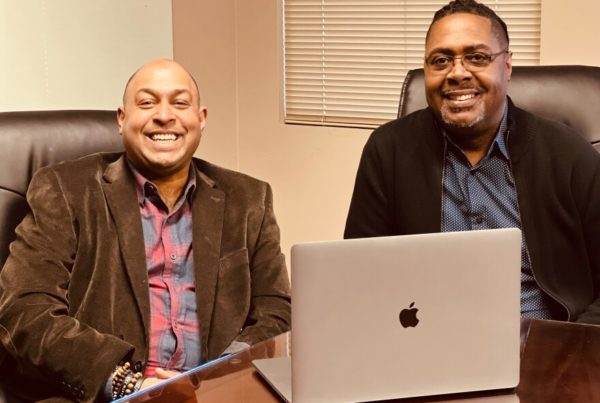TPR’s Jerry Clayton recently spoke with Christine Jensen with Texas Parks and Wildlife about the closure of oyster harvest areas on the Texas coast.
Jerry Clayton: The majority of oyster harvest areas along the Texas coast have been closed by the Texas Parks and Wildlife Department. What’s going on with the oysters? Christine Jensen is the Galveston Bay ecosystem team leader with TPWD. She joins us today. Thanks for being here, Christine.
Christine Jensen: Oh, no problem.
Clayton: How does TWD determine if an area needs to be closed?
Jensen: We sample each of our bay systems monthly, so we are constantly keeping an eye on on the status of of oysters in the area. Before the oyster season opens, we go out and do a more intense sampling effort on the reefs to really kind of get a good idea of really what’s going on in each harvest area. Based on that information, we determine at the beginning of the season whether or not we are going to open the areas to harvest or close them to harvest. And then as the season goes along, we use our monitoring data and information we get from our law enforcement on how many tickets are being written for undersized oysters or also use the boat activity as indicators of when we should go and sample the areas to get another sample to see if we should be close in the area. And we look at the number of market size oysters. And we also look at the percent of small oysters in our in the in our samples.
Clayton: With all these closures, what’s going on with the oysters?
Jensen: Oysters have had kind of a rough time of it. The gulf as a whole has had issues all the way from Florida, all the way over to Texas in recent years. In Texas, we’ve had a number of environmental concerns, so we have fishing, but we’ve also had drought back around. You know, I think that peaked around 2011. And so that drought brings with it disease and predators and other things that give the oysters a hard time with higher salt levels in the bay. And also, we’ve had Hurricane Ike in 2008 that really did cause some damage to a lot of the reefs that actually ended up burying a lot of the reefs. The eye that came right over the Galveston Bay Area since that time, we’ve also had 2015 2016. We had some some major flooding events. And then of course, we had Hurricane Harvey in 2017, which really affected the oysters in the Galveston Bay Area. We had massive mortalities associated with that. This year, we did have some flooding down in the Aransas area, which brought a lot of fresh water down and caused some mortality in that bay system as well.
Clayton: Is the way that we are harvesting oysters now truly sustainable? Or do we need to change the way we’re looking at this?
Jensen: That’s a difficult question to answer on. How many oysters can you take out of the water and still have enough for next year? Because conditions change from year to year and even within the season, you can have storms and flooding events and disease outbreaks and things like that that can make it difficult to determine how many you can view oysters you can remove and still have enough to grow and be next year’s crop. And then it also depends the environmental conditions affect, um, how what sort of spawning events you might have for next year.
Clayton: Talk to me about oyster farming. What is it and is it something that can that can help this situation?
Jensen: Yes, so oyster farming, we call it cultivated oyster mariculture. And that’s a new program, but we currently have two farms up and operating. One is in the Galveston Bay system and one is in the Aransas Bay system. I believe it’s in Copano Bay. Those operations don’t rely on wild oysters for their for their production, really. They they purchased oyster, what they call seed, which is very small, tiny oysters from a hatchery. And then those are then moved into cages in the open bay and grown. And they can typically will reach a harvestable size quicker than a wild oyster so they can get them to market faster. It can be a more sustainable way of harvesting oysters.


